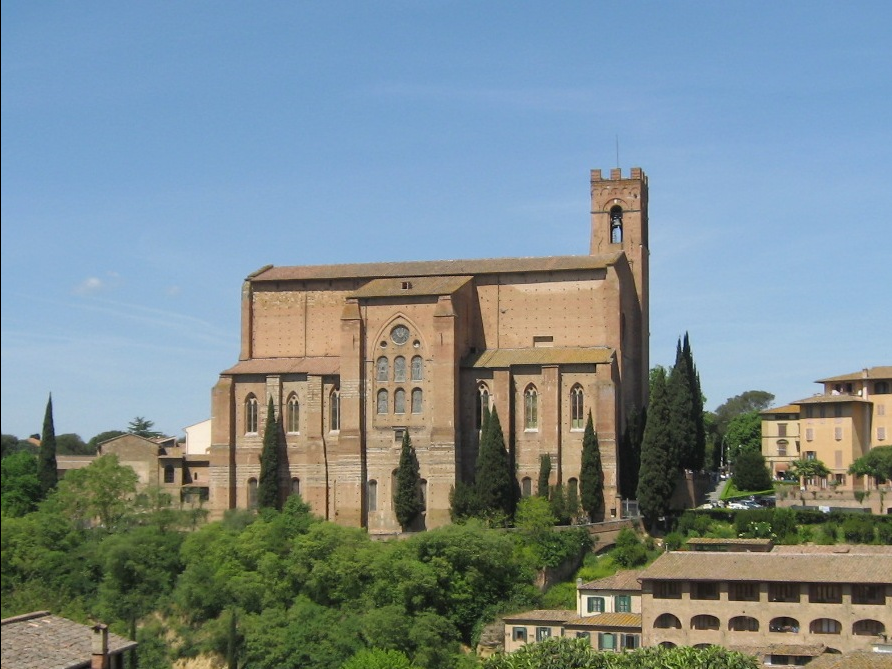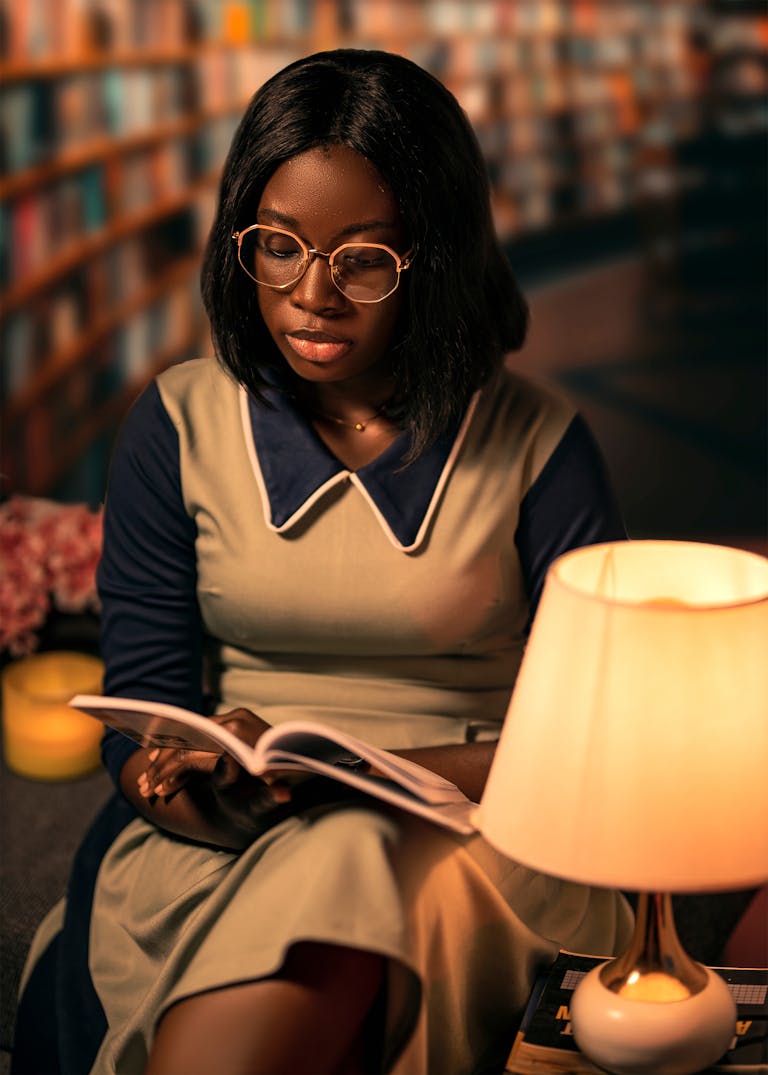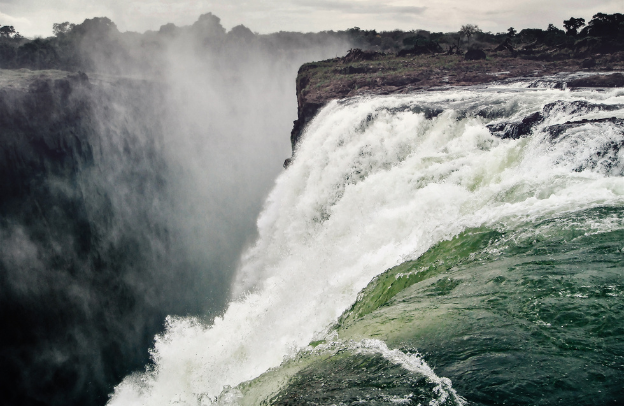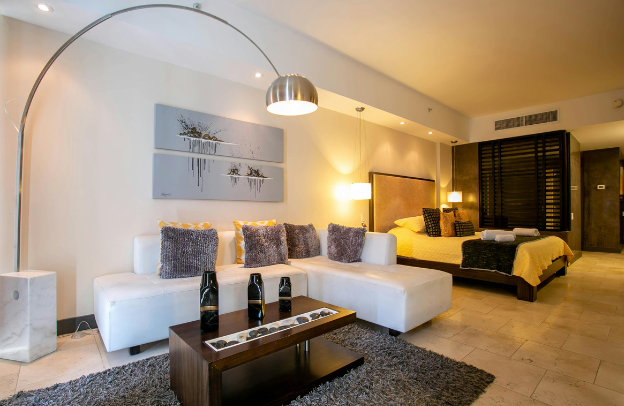Top Historical Places To Visit In Siena, Italy

In the heart of the Tuscany region, we stand in front of Siena, a great city that has retained its medieval and ancient charm throughout its history. Siena is a historic hill town city located on the southern side of Tuscany Italy. Free Travel Checklist
The city is recognized for its spectacular hills and scenery, which is considered one of Italy`s top vacation spots. Siena`s historical and architectural legacy as well as its food and wine is considered one of the greatest attractions in the region.
This is such an attractive place to be, so let`s have a look at some top places to visit during your tourist adventure in Siena.
Visit Piazza del Campo
Piazza Del Campo was built in 1349 and is without a doubt Siena`s most gorgeous squares. It is regarded as the traveler`s paradise and a meeting spot for residents.
Piazza Del Campo is the start of a tourist adventure In Siena. Therefore, if you don’t visit Piazza Del Campo during your tourist adventure, consider yourself to have missed out on one of the best places to be in Siena.
The city leaders partitioned Piazza Del Campo into 9 sections. The medieval architectural structure, dynamic atmosphere, and shape have spelled out beauty as always.
The seashell fan-shaped square is gently sloppy towards the center; possibly, the sloping landscape may have cast a spell that encourages people to lie down once they arrive.
Palio Di Siena is held twice a year on (2nd of July, and 16th of August) in the great Piazza Del Campo Square. Palio Festival is the most anticipated and exciting event in Siena. If you are on a visit to Siena, mark my words, never miss the day of the event, it’s the most thrilling moment ever.
You want to feel nature and the outstanding artwork of man, consider visiting Piazza Del Campo. It’s one of the most beautiful places to be in Siena, Italy.
Tour the Siena Cathedral of Santa Maria Assunta

Cathedral Santa Maria Assunta is located at 8 Piazza Del Duomo and was constructed in the 13th century. The Cathedral is Siena`s most outstanding and creative structure, it is filled with outstanding Gothic architectural influences, superb facade, and unique interior and external designs.
The Cathedral was designed by Giovanni Pisano, Nicola, Donatello, Lorenzo, Bernini, Ghiberti and Pinturicchio. The Gothic structure is nicely outfitted with a plethora of white stones, frescoes, colorful marbles, rose windows, towers, mosaics, whatever else you can think of, etc.
The Cathedral has so many arches that represent Christ, the 36 Roman emperors, and 171 popes. The life of the Virgin Mary is largely depicted all over the interior façade. It’s a great view indeed.
The Cathedral can be reached by car, bus or even train. To round out your tourist adventure, you can book the magnificent classic Hotel Athena or Palazzo Ravizza where you will get the best time and service ever.
The Cathedrals pavement is a great sight to behold and is made up of about 56 squares.
Let me fill you in on the cathedral’s dress code and service. The Cathedral is a center of worship and reference to God, so you need to dress modestly and moderately. I mean cover your shoulders and hair, for the women, don’t wear shorts or armless clothes for the men.
Their church services include Sunday mass, weekday services, and more. It`s worth noting that you won`t be able to sightsee while the special mass is ongoing. Santa Maria Cathedral should not be overlooked in your tourist adventure, make sure you visit.
Visit Torre Del Mangia (The Tower of Mangia)
The Tower of Mangia is considered the tallest tower in the historical region of Tuscany, Siena Italy. The tower was built on Piazza del Campo hill, in a proven record of 10 years (1338-1348).
The tower stands at a height of approximately102 meters, on it is a bell of about 7 tonnes, the bell is dedicated to Virgin Mary and was installed in 1666.
Torre Del Mangia got its name in honor of its first bell ringer Giovanni Di Balduccio. and had a nickname which means (Eater of Income). Giovanni was known for his opulent lifestyle and was nicknamed mangiaguadagni which means (Eater of income or Profit eater).
The Tower of Mangia was rumored to have had its builders lay coins and stones with an inscription in every corner of the tower for good luck and protection. In 1798, a devastating earthquake struck Siena city, but the tower has remained unharmed up to this moment.
We may say that the rumor of good luck and protection with stone and coins is true because the tower is unharmed even after the harmful incident.
The tower is squarely shaped with pointed arches and a stunning height; the tower was built at the exact same height as the Cathedral of Siena as a statement of equality between the church and state.
Historically, the Siena bell is known as ‘Mangia’ which means ‘to eat’, because the first bell ringer enjoyed exquisite cuisine. The Tower of mangia is known as the landmark of the city and towers the entire city.
To get to the very top of the tower, you need to climb 400 steps before you get to the final destination of the tower. Visit Torre Del Mangia for a breathtaking perspective of the entire city.
Visit the National Pinacothek of Siena

The National Pinacothek is the largest art gallery in Siena, located at 29 Via Di San Pietro. The national gallery consists of large halls with a huge number of artworks designed by Italian painters.
The gallery is notable for its art collections, historical relevance, and nice decorations. The Pinacothek gallery was founded in 1932.
The palaces were built in the 14th and 15th centuries to accommodate notable and influential families. It is located on the ground of the Buonsignori and Brigidi Palace.
The gallery has a large collection of notable 18th-century paintings by Giuseppe Abbot Ciaccheri, Giovanni di Paolo and other prominent artists.
The Spannocchi collections, which contains well-known pieces by Dutch, northern Italian, Flemish, German artists, were added to the gallery in 1977.
According to rumors, the 3rd and 4th floor of the gallery are one of the best places to sigh see 13th and 14th-century famous artworks.
The works of “The Archangel Michael Casting out the Rebellious Angels and the birth of Virgin Mary” by Sodoma Beccafumi may be found on the second floor of the gallery as well as, The Annunciation by Ambrogio Lorenzetti, Bernardino, Pinturikkyu, etc.
If you enjoy art and want to get more acquainted with medieval paintings, You should definitely visit the National Pinacothek gallery.
Enjoy the excellent ambiance in Un Tubo Bar
Un Tubo is a bar that is set aside for fun. It is located near the great Piazza Del Campo square. It is undoubtedly an outstanding arena to visit in Siena.
The bar is known for its excellent ambiance, great wine, and unique music selection. Un Tubo bar is the definition of fun itself. It is pleasant, inviting, and welcoming.
Un Tubo bar is outfitted with stunning interior and outstanding exteriors that match none and will take your breath away.
The bar is a reflection of artistic influence because it showcases a variety of contemporary art pieces as well as live jazz music.
If you crave a classy evening of culture, music, art, and good wine, Un Tubo bar is definitely the best place to satisfy that craving.
Piccolomini Library
Piccolomini Library was designed in the 16th century by Pinturichio and is located in the heart of Tuscany. The library is richly decorated with ornamental grotesques and mural paintings which gives it a befitting library look.
The library ornamental designs are described as cheerful and full of the friendly character of Pope Pius II and various mythological scenes.
The library reflects the spiritual thoughts of the artist who decorated it. The library is full of the monument of two popes: Cardinal Francesco Piccolomini (1439-1503), and Aeneas Silvio Piccolomini (1405-1464).
The library was merged to Siena Cathedral in 1492 by Piccolomini who signed a contract with Pinturicchio (the painter) to paint the library in grand style. The library contained many books and frivolous poems which span through all literary genres that exist.
Pinturicchio painted 10 frescoes on the wall, each depicting one of Pius II episodic histories. The Library walls were also carpeted and crammed with breathtaking gorgeous scenes all of which are constructed similarly.
The frescoes are made up of short, amusing, and lively stories. To know more about history, visit Piccolomini library. You will learn everything there is to know about the 10 frescoes and what they represent, as well as the narrative of Pope Pius.
Fonte Gaia (The fountain of joy)
The fountain Gaia was founded in 1342 and is located close to Piazza Del Campo square. It is another tourist attraction in Siena with a stunning view and creativity.
The fountain was designed by Jacopo Della Quercia. The fountain accumulates lot of water that comes out from the mouth of the carved wolves which are on the side of the bowl.
The fountain Gaia is filled with special characters and scenes from the bible especially the book of genesis which depicts Adam in the Garden of Eden and his flight from the Garden of Eden.
The fountain is well fenced and the blue water is so clear that it attracts special attention from its viewers. In the 19th century, the old statuses and panels sculpted by Jacopo Quercia were removed and Tito Sarrochi sculpted a new one which replaced the old one.
The fountain monument is now housed in the loggia of the public place. The fountain is richly decorated with bas-reliefs. Two women adore the front pilasters of the fountain which gives it a great view.
The women are known to be the mothers of Remus and Romulus. The fountain was dedicated to the Virgin Mary and the bride of God because Gaia is believed to mean joy or bride in Latin.
You want to experience joy and give nature a chance, make sure you include the fountain of joy in your next travel adventure.
Visit the Gothic Basilica of St. Dominic

St. Dominic Church was founded in 1226 by Dominicans, the church took over 200 years to complete and is made of red bricks all through. The Church is designed in the typical Gothic style which makes the exterior design very attractive and stunning.
St. Dominic Basilica is located 300 meters away from Piazza Del Campo square in Piazza San Domenico. The attraction center is situated on a hill and can be seen from several locations throughout the city.
According to legends, it is great to visit the temple first even before the Cathedral because the tourist impression might not be felt.
The basilica was expanded, completed, and rebuilt several times. In the 18th century, a bell tower was built next to the Cathedral, the bell tower was later reduced in height due to the earthquake.
The neo-gothic facade was re-built in the late 1800s. St. Dominica Basilica is a great place to visit and learn.
The head and finger of St. Catherine (Katerina Benincasa) is a symbolized monument and known as an attraction in the church, the monuments are placed behind the latticed glass located at another angle of the church.
St. Catherine is said to have spent most of her life at the temple and her story is imprinted on the wall of the church with paints. St. Catherine Basilica is a great place to visit and learn history in Siena.
If you find any value in this post, share also with your friends who might need it. Get our Free Travel Checklist for your next trip.






